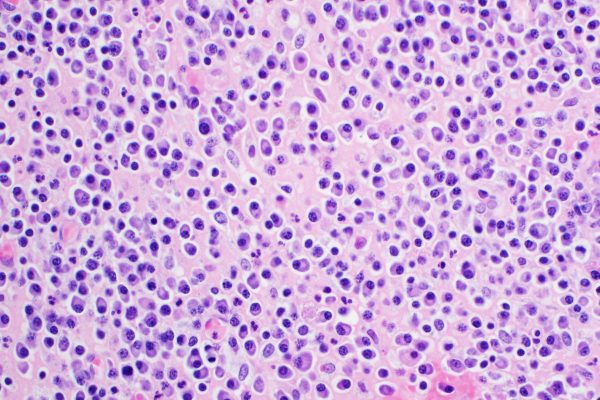
Researchers from the Memorial Sloan Kettering Cancer Center (MSKCC) in New York (USA) report the efficacy and safety of a new CAR T-cell therapy targeting an antigen called GPRC5D for patients with rare blood cancers. The findings were recently published in The New England Journal of Medicine.
Immunotherapy is at the forefront of treating several rare blood cancers, such as multiple myeloma (MM). A G-protein-coupled receptor, GPRC5D, has been identified as a candidate immunotherapeutic target in MM. CAR T-cell therapies targeting this antigen have shown high efficacy in pre-clinical studies. Scientists at the MSKCC have conducted a dose-escalation study with GPRC5D-targeted CAR T-cell therapy (MCARH109) in heavily pre-treated patients with MM.
The Phase-I dose escalation study enrolled 17 MM patients who were previously heavily pre-treated, including patients with relapse after B-cell maturation antigen (BCMA)–directed CAR T-cell therapy. All the participants were administered MCARH109 at four dose levels and monitored for response and possible side effects.
The study determined the maximum tolerable dose of MCARH109 at 150×106 CAR T-cells. An overall response rate was observed in 71% of the patients and in 58% of those who received a dose of 25×106 – 150×106 cells. Additionally, a response was seen in 7 out of 10 patients who had earlier responded to BCMA therapies. Adverse events such as grade 4 cytokine release syndrome and immune effector cell–associated neurotoxicity syndrome (ICANS) and grade 3 cerebellar disorder of unclear cause were seen in 1 and 2 patients at the 450×106 CAR T-cell dose, respectively.
The findings of the phase-1 study indicate the efficacy and safety of GPRC5D-targeted CAR T-cell therapy for MM patients.
Reference